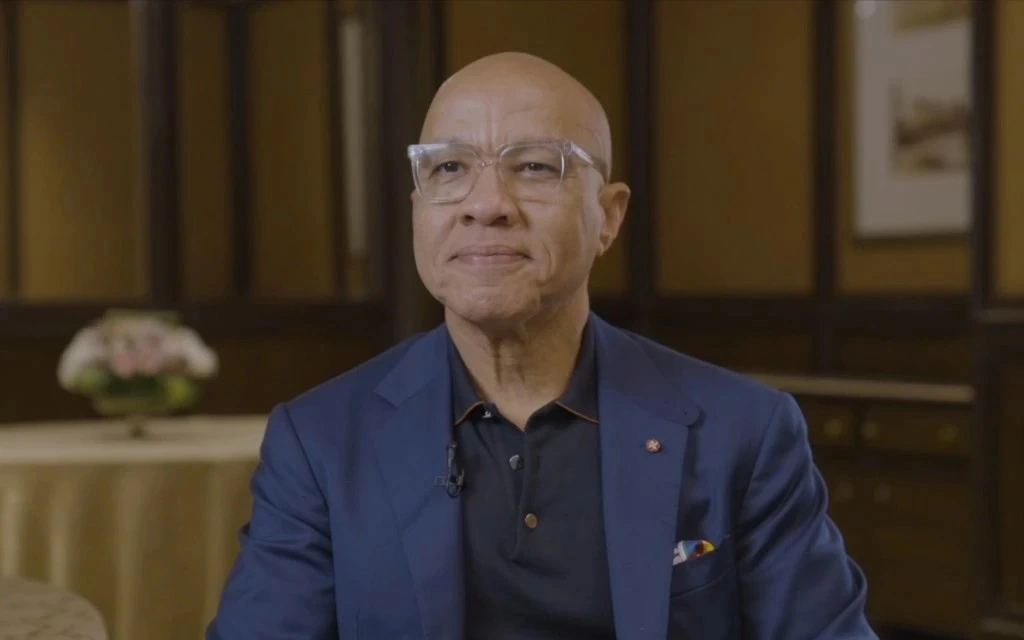Most companies, and especially those with significant CSR budgets, have dedicated time and resources to running employee volunteering programmes. Yet, we’ve all heard of the school that got painted multiple times over, or the clean-up drive that resulted in a pristine beach for 48 hours, only to attract another group of well-meaning corporate volunteers to deliver the same result. Is this symptomatic of intent or poorly laid plans? Or, does it boil down to effective stakeholder engagement and communication?
The truth is the context of most corporate colleagues couldn’t be further removed from the realities of communities that programmes serve, or the day-to-day challenges faced by partner organisations working towards social impact.
Bridging these gaps in context requires understanding your company’s stated goals, your colleagues’ motivations, your partner organisations’ needs and interests, as well as committing to constant mediation thereafter.
There is no one size fits all solution for creating effective employee volunteering programmes.
There is no one-size-fits-all solution for creating effective employee volunteering programmes and there is little-to-no data to substantiate the merits of a skills-based, deep engagement model from a large-scale one-time event.
Different approaches work, often complementing one another. Crafting the right mix that works for your company, your partners, and the communities you are engaging with requires answering a few questions and framing them from multiple perspectives.
Related article: Employee engagement: What it takes to run a large scale programme
1. Why do we want to do this?
The proverbial step back, which despite pressures from senior management, the board, and competitors’ savvy marketing campaigns around volunteering and social impact, begs to be answered up front. Understanding key motivations will ensure an employee volunteering strategy that is relevant to everyone involved.
Is the underlying motivation to expose employees to programmes that the CSR budget supports? If so, might a well-executed internal communications plan be more effective?
What are the outcomes you are looking for? Is it the ‘number of hours spent on social good’, or the ‘business competencies being leveraged for social and environmental good’? Can this be quantified or a can a benchmark be set? Is it to enable team building or to boost external visibility for the brand?
Each of these requires vastly different approaches, and all initiatives should be tied back to the outcomes they serve. For example if the desired outcome is to boost visibility of CSR initiatives, a well-made video widely shared through internal communication channels and social media, will enhance awareness. If the the desired outcome is ‘number of hours volunteered’ then large-scale, event-based activities should be prioritised (plantation drives, house builds, marathons with a fundraising target). If the goal is to leverage skills sets for good, then a structured pro bono programme will enable this outcome.

The context of most corporate colleagues couldn’t be further removed from the realities of communities that programmes serve | Illustration: Kanishk Vaidya, age 8
2. Who owns it?
Too often, employee volunteering programmes are the sole responsibility of an already stretched CSR team. However, in order to build a results-based culture of volunteering, shared ownership is essential, which means all key stakeholders, such as business heads, senior management teams, HR and communications, need to be consulted and accountable.
Too often, employee volunteering programmes are the sole responsibility of an already stretched CSR team.
Key performance indicators (KPIs) and success metrics are tracked as a matter of habit in business, and this needs to extend to volunteering as well. The role of the HR team is paramount. Not only will feedback be more genuine when it is given to a team other than the one organising things, it will also ensure the benefits to the company and its people are measured, creating data to fuel continual learning and improvement.
Performance scorecards should include at least one metric on volunteering; this is especially critical for senior managers who ultimately need to approve time spent away from work, as well as champion initiatives and motivate team members.
Related article: A partnership for good
3. What are the benefits to everyone involved?
Clearly framing motivations, outcomes, and overarching success metrics is the institutional part of the equation. The other part is matching these with expected benefits for employees as well as for communities and organisations.
Evaluate if there is a demand amongst employees to volunteer. If yes, how large or small is that demand? What do people want?
Different people want different experiences, and for the most part these fall into three categories:
- something new, that enables a feeling of contribution
- something different and meaningful to add to their resumes, and
- something innovative that can leverage existing skills, build new ones, and lead to an alternative career path, or a sustained out-of-work interest.
An effective employee volunteering plan doesn’t need to choose between these and can find ways to accommodate aspects of all to varying degrees. It also recognises that these can change with an ever-changing workforce, and that they need to be revisited at regular intervals.
Whilst working with partner organisations, consider what benefit they are looking to accrue from employee volunteering, and have an open and honest conversation about these. Is it to build something tangible like a house, following a disaster? Is it plugging an organisational resource gap? Or is it providing access to skills sets or advice that is otherwise not available?
4. How are those benefits best realised?
It is worth recognising that large-scale, event-based programmes that offer a feel-good factor for employees create a lot of logistical work for partner nonprofits that run on stretched resources anyway.
There are a number of intermediary organisations that specialise in curating employee volunteering programmes for a fee. If the aim is employee satisfaction, brand and team building, then budgets for these should be made available within the company for this.
Some programmes funded through CSR budgets lend themselves particularly well to team building whilst creating a measurable and meaningful output. For instance, reading camps, which help underprivileged children discover the joys of books or making study materials for programmes working on children’s literacy, or rebuilding homes in disaster-affected communities.
Programmes that involve deeper and more frequent engagement whilst simultaneously leading to outcomes for individuals, communities and/or organisations, require more upfront investment to curate.
Related article: Five C’s to better employee engagement
For instance, guest lectures or mentorship for youth employability programmes. However, this is not the type of activity that will add significant hours to the counter, simply because not everyone will have the inclination or the time.
Success is dependent on companies dedicating a resource to map employee interests and intended outcomes.
Success is dependent on companies dedicating a resource to map employee interests and intended outcomes. It is critical to understand how organisations intend to use volunteers, the time commitment, and the metrics of success; as is identifying the right colleagues for these opportunities, and mediating to ensure things run smoothly.
People are busy, be it the point person at the nonprofit or the corporate employee, and every new experience needs some amount of support till it can run by itself. Thinking through how an employee volunteering activity could dovetail into or add value to the organisation’s existing programmes is tricky and relies on a strong relationship of trust and effective communication with partners and internal stakeholders.
5. Where do we go from here?
Understand the company’s motivations, consult key decision makers, engage peer groups internally, and co-create with partner organisations. The benefits of employee volunteering programmes are well acknowledged–ranging from institutional benefits such as boosting workforce morale, instilling a sense of company pride, increasing productivity and retention; to individual ones such as the much sought after serotonin release, a sense of purpose, and a connection with something bigger than our day-to-day.
Then there are the more complex benefits–those reaped by communities and partner organisations. But with the right investment of time and resources these too can experience meaningful outcomes.





